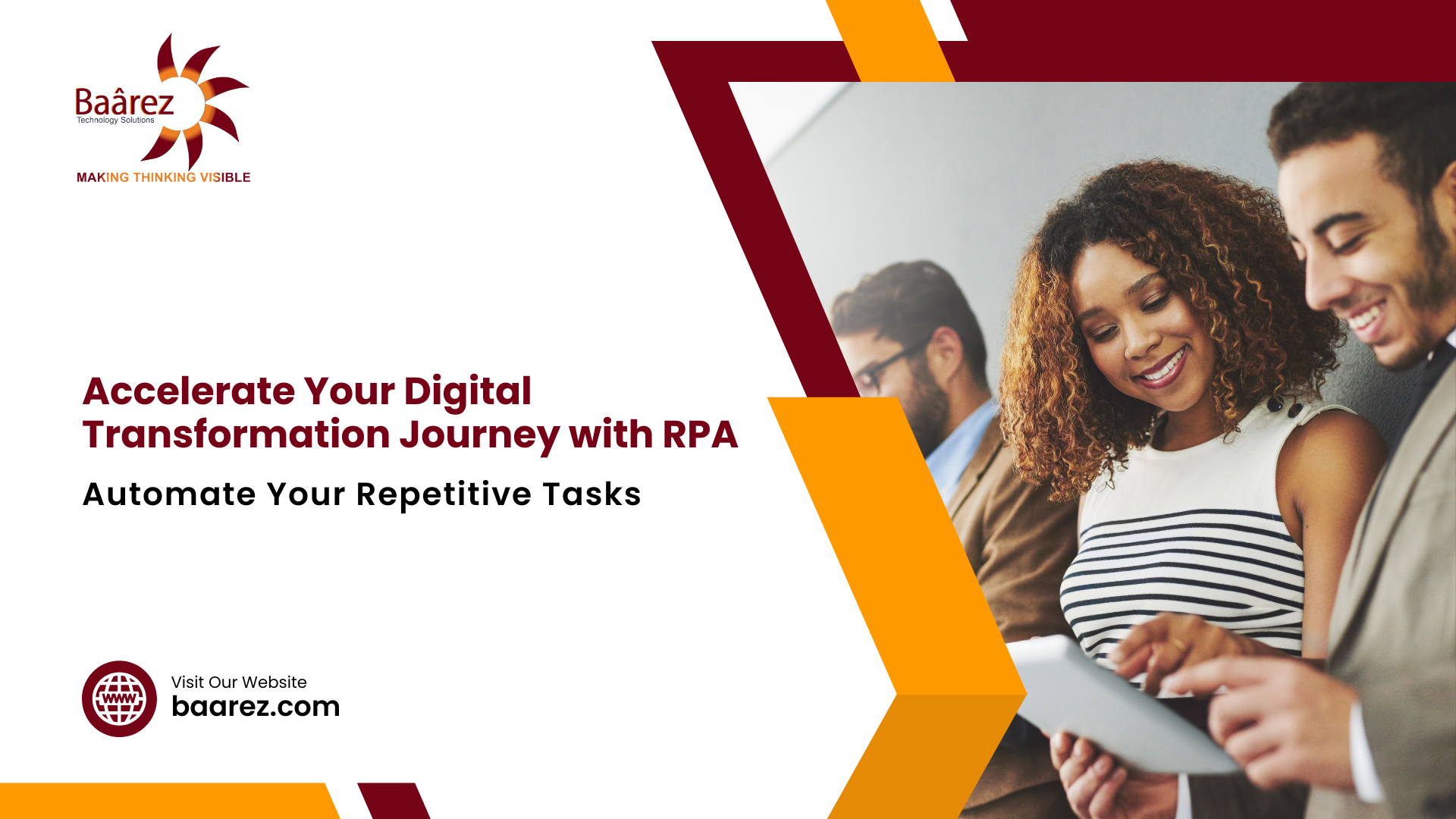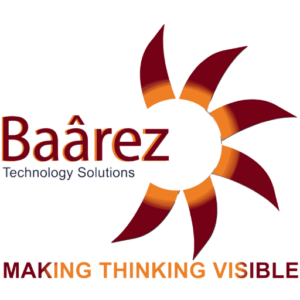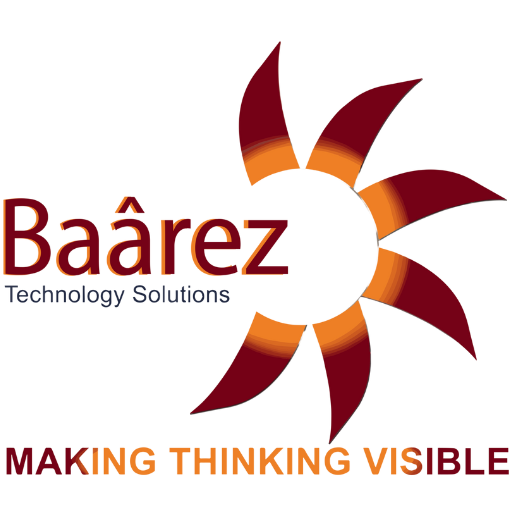
Table of Contents
ToggleRobotic Process Automation (RPA) In Dubai, UAE
Robotic Process Automation (RPA) is an innovative technology that enables businesses to automate routine and repetitive tasks. By using software bots, RPA automates workflows and processes, saving time, reducing costs, and improving accuracy. In this article, we will explore what RPA is, its benefits, the different RPA tools available, and how SAP RPA and extraction bots work.
What is RPA?
RPA is a software technology that automates routine and repetitive tasks. The technology uses software bots to interact with systems and applications, mimicking the actions of humans. These bots are programmed to perform specific tasks, such as data entry, data extraction, and report generation. They can be trained to learn and adapt to changes, improving efficiency and accuracy over time.
Benefits of RPA
RPA offers several benefits to businesses, including:
Increased Efficiency: RPA automates routine tasks, freeing up time for employees to focus on more complex and value-added activities.
Improved Accuracy: RPA bots perform tasks with high accuracy and consistency, reducing the risk of errors.
Cost Savings: RPA eliminates the need for manual data entry and processing, reducing the cost of labor.
Scalability: RPA can easily scale up or down based on business needs, allowing businesses to handle increased workloads without the need to hire additional staff.
RPA Tools
RPA tools are software applications that enable businesses to create, deploy, and manage software bots to automate routine and repetitive tasks. Some popular RPA tools include UiPath, Automation Anywhere, Blue Prism, and WorkFusion. These tools offer a range of features, such as drag-and-drop interfaces, visual process mapping, and advanced analytics, to simplify the automation process and improve efficiency. By leveraging RPA tools, businesses can automate their processes, reduce costs, and improve productivity.
- RPA tools come with pre-built automation components that enable businesses to create automation workflows quickly and easily.
- RPA tools offer various features such as artificial intelligence, machine learning, and natural language processing to improve the accuracy and efficiency of automation workflows.
- RPA tools offer easy integration with various systems, such as ERP systems, CRM systems, and databases, making it easy for businesses to automate tasks across different applications and systems.
- RPA tools offer analytics and reporting features that provide insights into the performance of automation workflows and enable businesses to identify areas for improvement.
- RPA tools offer security features, such as user access control and encryption, to ensure that sensitive data is protected during the automation process.
- RPA tools offer collaboration features, such as version control and shared libraries, that enable teams to work together and share automation workflows easily.
- RPA tools offer easy scalability, enabling businesses to handle increased workloads without the need to hire additional staff.
- RPA tools offer easy monitoring and management of automation workflows, enabling businesses to track the performance of bots and ensure that automation workflows are running smoothly.
RPA - SAP (iRPA)
SAP RPA (Robotic Process Automation) is a software solution offered by SAP that enables businesses to automate repetitive tasks, such as data entry and report generation, using software bots. SAP RPA is built on top of the SAP Cloud Platform and is designed to integrate seamlessly with SAP software applications, such as SAP S/4HANA and SAP SuccessFactors.
The benefits of SAP RPA, also known as iRPA (intelligent RPA), include:
Improved productivity: SAP RPA bots can work 24/7 without any breaks, enabling businesses to complete tasks faster and more accurately.
Cost savings: By automating repetitive tasks, businesses can reduce labor costs and free up resources for more strategic activities.
Increased accuracy: SAP RPA bots are programmed to follow rules and guidelines precisely, minimizing errors and reducing the need for manual intervention.
Scalability: SAP RPA bots can be easily replicated and scaled up or down as needed, enabling businesses to handle increased workloads without the need for additional staff.
Improved compliance: SAP RPA bots can be programmed to follow regulatory guidelines and compliance standards, reducing the risk of non-compliance and associated penalties.
Enhanced user experience: SAP RPA bots can be integrated with SAP software applications, enabling businesses to provide a seamless user experience across different systems and applications.
Improved data quality: SAP RPA bots can validate data at the point of entry, improving the overall quality and accuracy of data within the organization.
Extraction Bots
Extraction bots are a type of software bot used in robotic process automation (RPA) that automate the extraction of data from unstructured sources such as emails, documents, and websites. Extraction bots use artificial intelligence (AI) and machine learning (ML) algorithms to recognize patterns and extract relevant data, making the process much faster and more accurate than manual extraction.
Extraction bots can be used for a variety of tasks, including:
Invoice processing: Extraction bots can extract data such as invoice numbers, dates, and amounts from PDF or scanned invoices, reducing the need for manual data entry.
Customer service: Extraction bots can extract data such as customer names, order numbers, and issue descriptions from customer service emails, enabling businesses to respond faster and more accurately.
Market research: Extraction bots can extract data from websites and social media platforms, such as product reviews and customer feedback, providing valuable insights into customer preferences and opinions.
Compliance: Extraction bots can extract data from legal documents and contracts, enabling businesses to ensure compliance with regulatory requirements and contractual obligations.
Healthcare: Extraction bots can extract data such as patient information and medical records from unstructured sources, improving the accuracy and speed of medical data processing.


